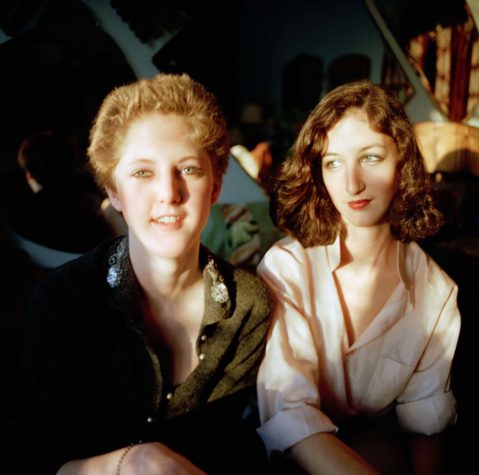Nan Goldin
A new exhibition at the Portland Museum of Art explores the tension inherent in the human experience
Loss and tenderness haunt the work of photographer Nan Goldin, who left home when she was just 13. On her own, she created new versions of family with the people who surrounded her—those who, like her, had often renounced their original families—and documented their lives with her camera. Through photography, Goldin captured the evolving shapes of these families, chronicling the range of emotions that kinship often evokes, from infatuation to anguish. The relationships that she frames—between friends and lovers, photographer and subject, and individuals and their reflections—are loaded with meaning, but a feeling of estrangement is tangible, too. Goldin described her images as “creating a history by recording a history.” Spanning several decades, her body of work now incorporates a sense of nostalgia for lives that have ended or irrevocably changed as time has passed.
“Goldin provides not only a kaleidoscopic narrative of her personal history but also a portrait of countercultural currents from an important moment in American history,” says Portland Museum of Art guest curator Zmira Zilkha. “By emphasizing the individuality of her subjects, Goldin celebrates diversity of race, gender, and sexual orientation, and turns her lens toward the spectrum of the human condition that unifies us all.”
Nan Goldin runs from October 6 to December 31 at Portland Museum of Art and features three multimedia installations, a series of photograph grids, and more than 20 photographs. On the following pages, Maine Home+Design presents a preview of the exhibition.


